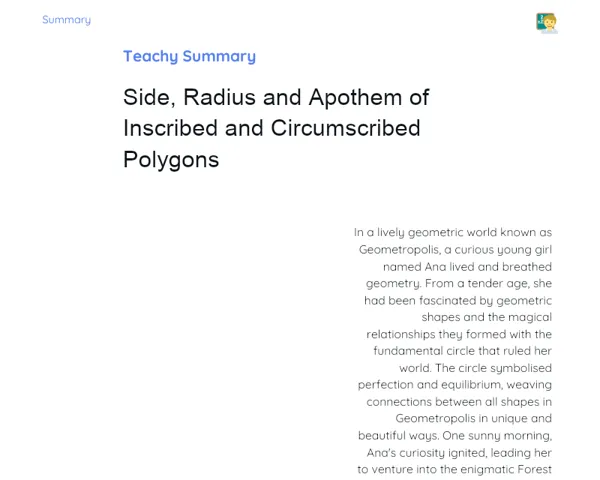Goals
1. Calculate the volume of a cylinder using the formula: base area multiplied by height.
2. Tackle real-life problems where you need to calculate the volumes of cylinders, like storage containers.
3. Explore how the cylinder volume formula is applied in fields such as engineering, architecture, and product design.
Contextualization
Spatial geometry is an important aspect of mathematics that relates closely to our daily lives. For instance, knowing how to calculate the volume of a cylinder is essential for various practical applications, such as working out how much a container can hold, assessing storage needs, and even in civil engineering tasks. Gaining skills in calculating cylinder volume equips us to solve tangible problems across numerous careers.
Subject Relevance
To Remember!
Cylinder Volume Formula
To calculate the volume of a cylinder, we use the formula V = πr²h, where 'V' represents the volume, 'r' is the radius of the cylinder's base, and 'h' is the height of the cylinder. This formula helps us find out the space taken up by the cylinder.
-
V = πr²h: The standard formula for calculating a cylinder's volume.
-
r (radius): This is the distance from the center of the cylinder's base to its edge.
-
h (height): This measures the distance between the two circular bases of the cylinder.
Practical Uses of Volume Calculations
Calculating cylinder volumes is crucial across various sectors like engineering, architecture, and product design. This knowledge helps determine the capacities of containers, improve material efficiency, and create effective products.
-
Engineering: Utilised in the design and construction of storage tanks.
-
Architecture: Essential for designing cylindrical buildings and structures.
-
Product Design: Important for developing packaging solutions, like cans and bottles.
Real-world Cylinder Problems
Addressing real-world issues involving cylinders, such as figuring out how much liquid a cylindrical container can hold, showcases practical applications of volume calculations. This expertise is valuable in making informed choices across various professions.
-
Storage Containers: Calculating the capacities of tanks and cans.
-
Project Efficiency: Optimising materials in engineering projects.
-
Informed Decisions: Utilizing volume calculations for project planning and execution.
Practical Applications
-
Civil Engineering: Calculating water tank volumes to determine how much they can store.
-
Food and Beverage Industry: Designing cylindrical packaging like soft drink cans to optimise space and resources.
-
Architecture: Creating cylindrical structures including columns and pillars for stability and effective material usage.
Key Terms
-
Volume: The three-dimensional space occupied by an object.
-
Radius (r): The distance from the centre of a circle to its circumference.
-
Height (h): The distance between the top and bottom bases of a cylinder.
-
Cylinder: A geometric shape with two parallel circular bases and a straight lateral surface.
-
π (Pi): A mathematical constant, around 3.14159, used in calculating areas and volumes of circles.
Questions for Reflections
-
How does understanding cylinder volumes enhance the efficiency of engineering projects?
-
In what ways are cylinder volume calculations relevant to everyday product design?
-
What challenges might you encounter when measuring and calculating cylinder volumes in practical scenarios?
Practical Challenge: Calculating the Volume of a Cylindrical Container
In this mini-challenge, you will use your skills in calculating cylinder volumes to solve a practical problem related to a cylindrical container.
Instructions
-
Select a cylindrical container from home, like a soda can or a bottle.
-
Use a ruler to measure the radius of the container's base.
-
Measure the height of the container.
-
Calculate the container's volume using the formula V = πr²h.
-
Check the calculated volume against the capacity listed on the label to verify your measurements and calculations.
-
Write a short report detailing your measurement and calculation process, including potential sources of error and how you mitigated them.



